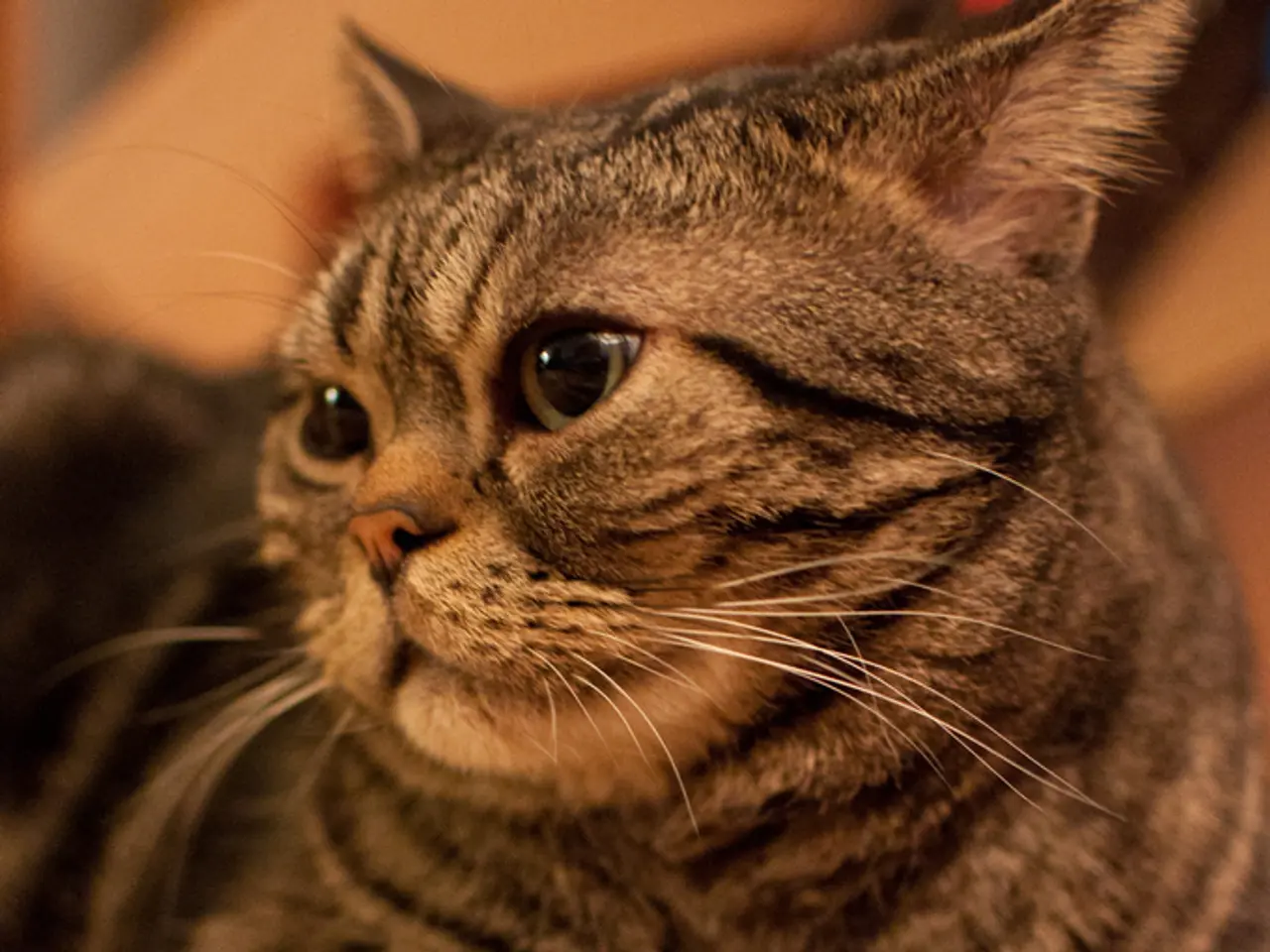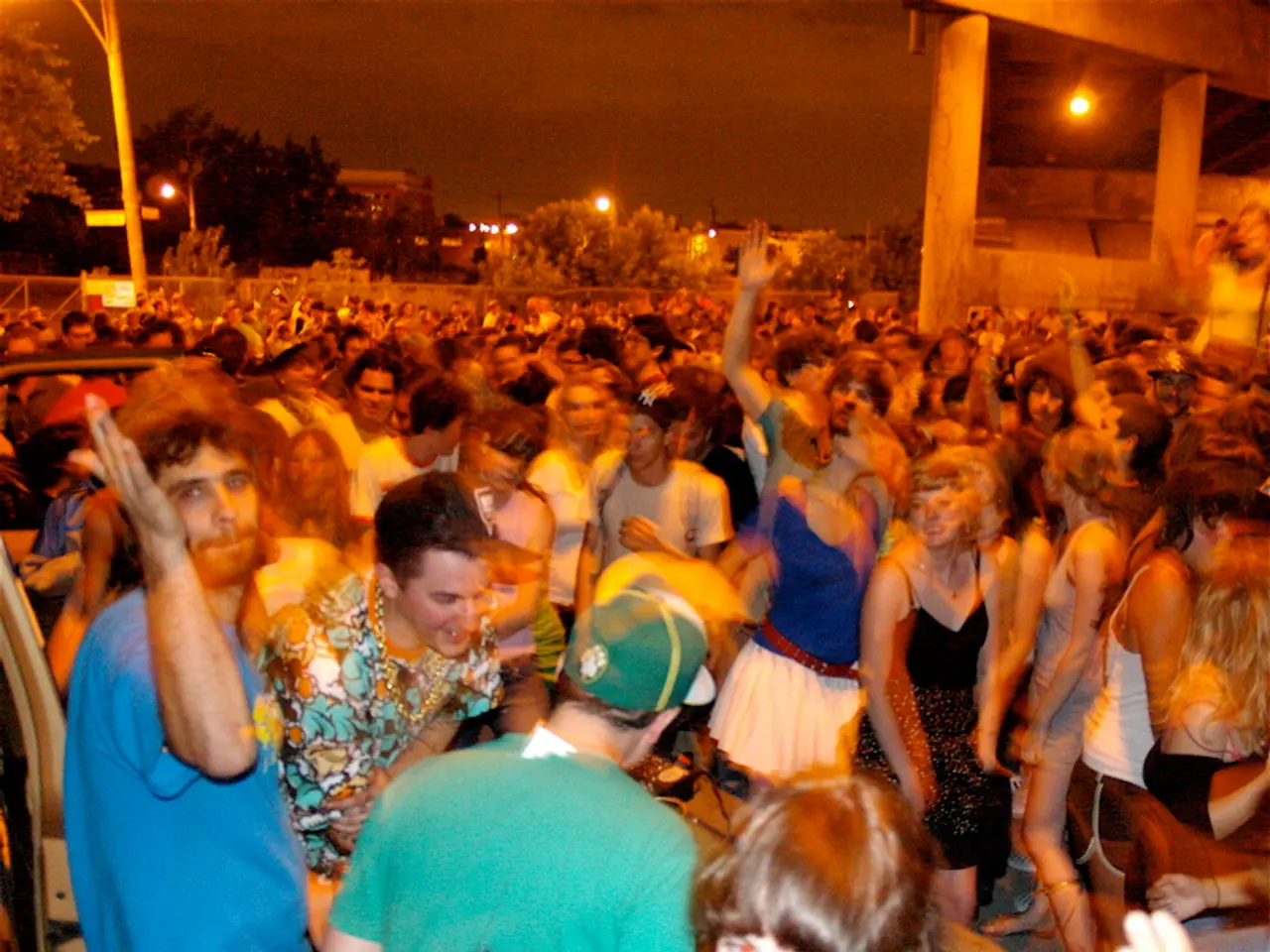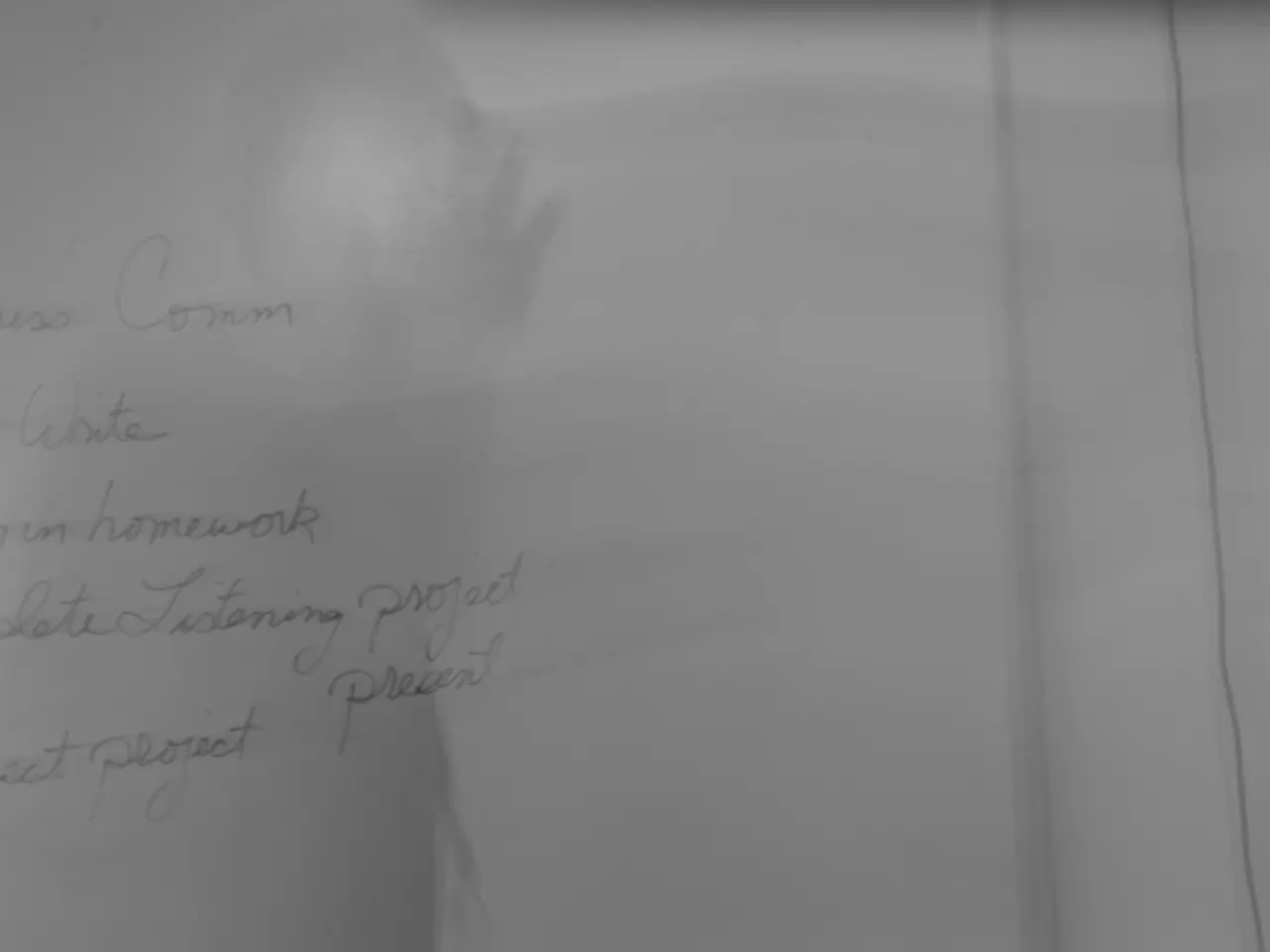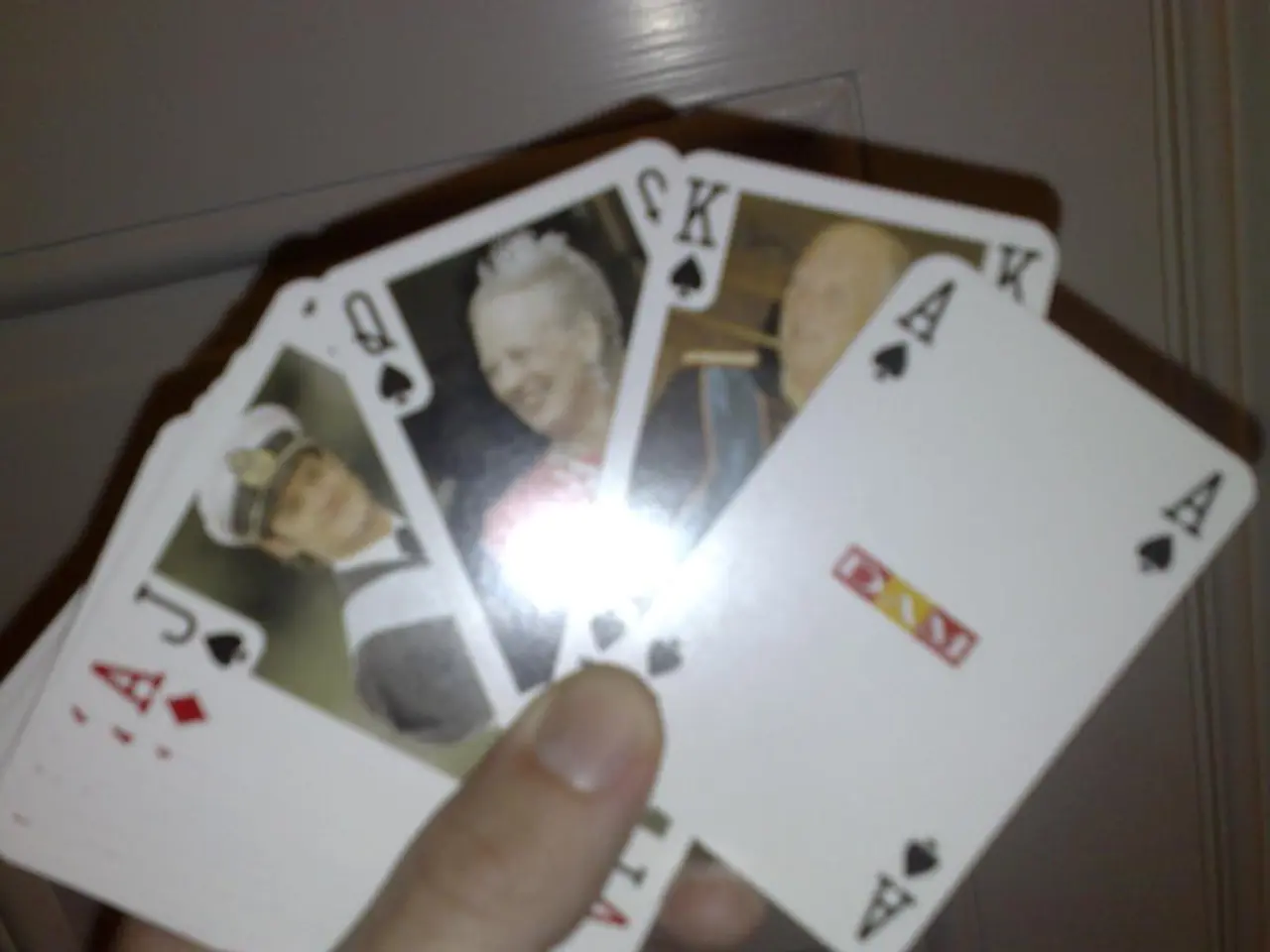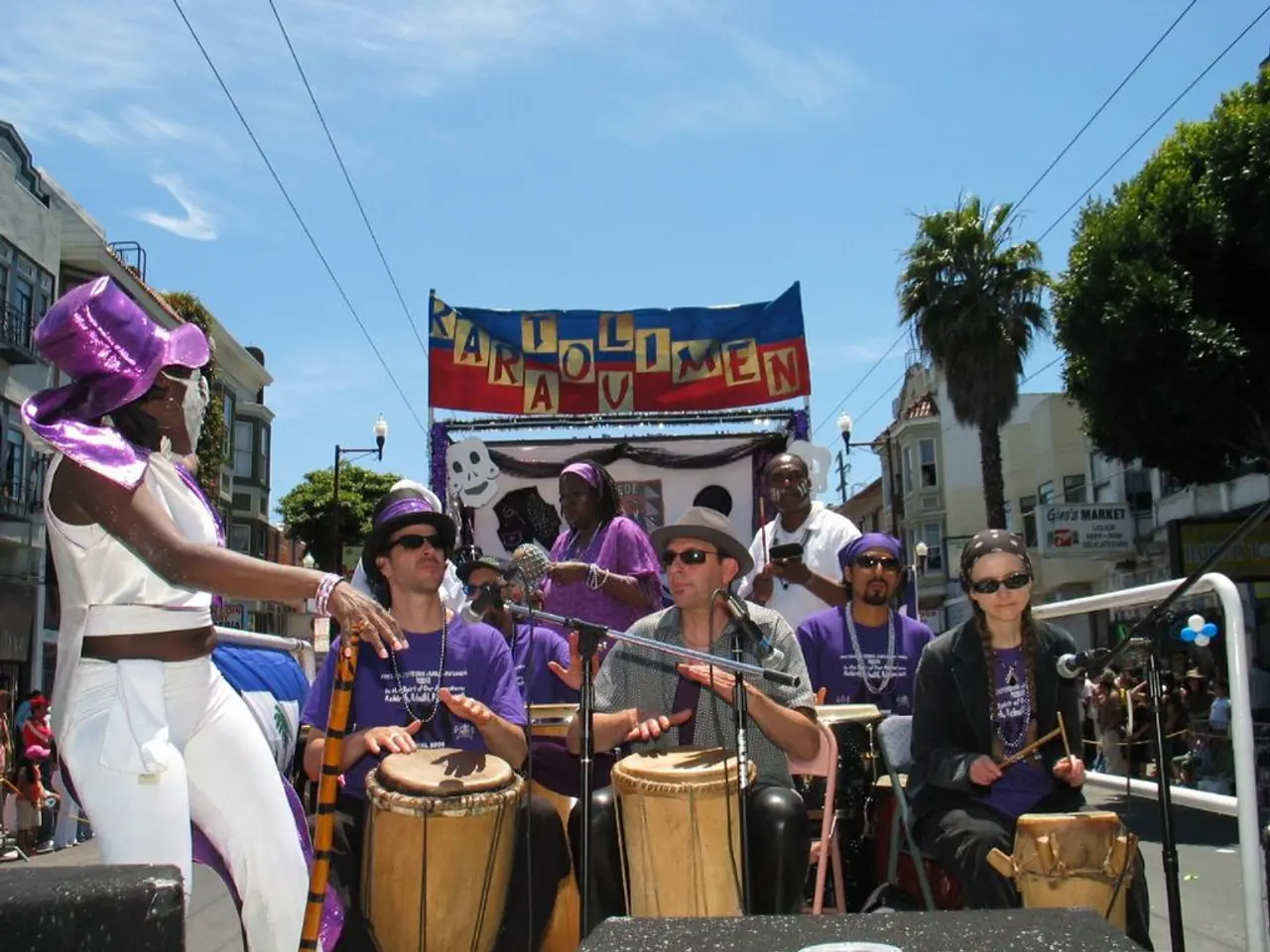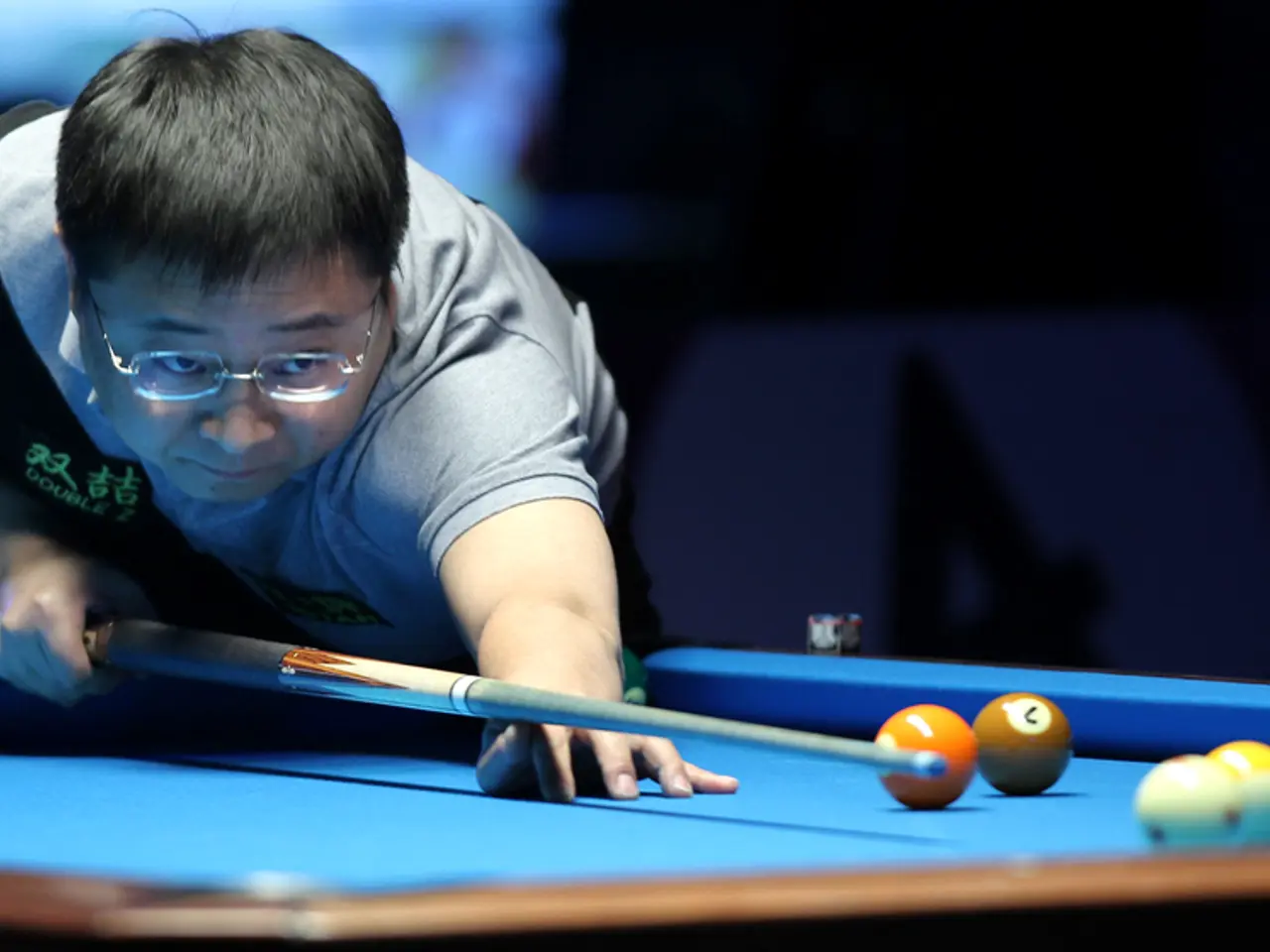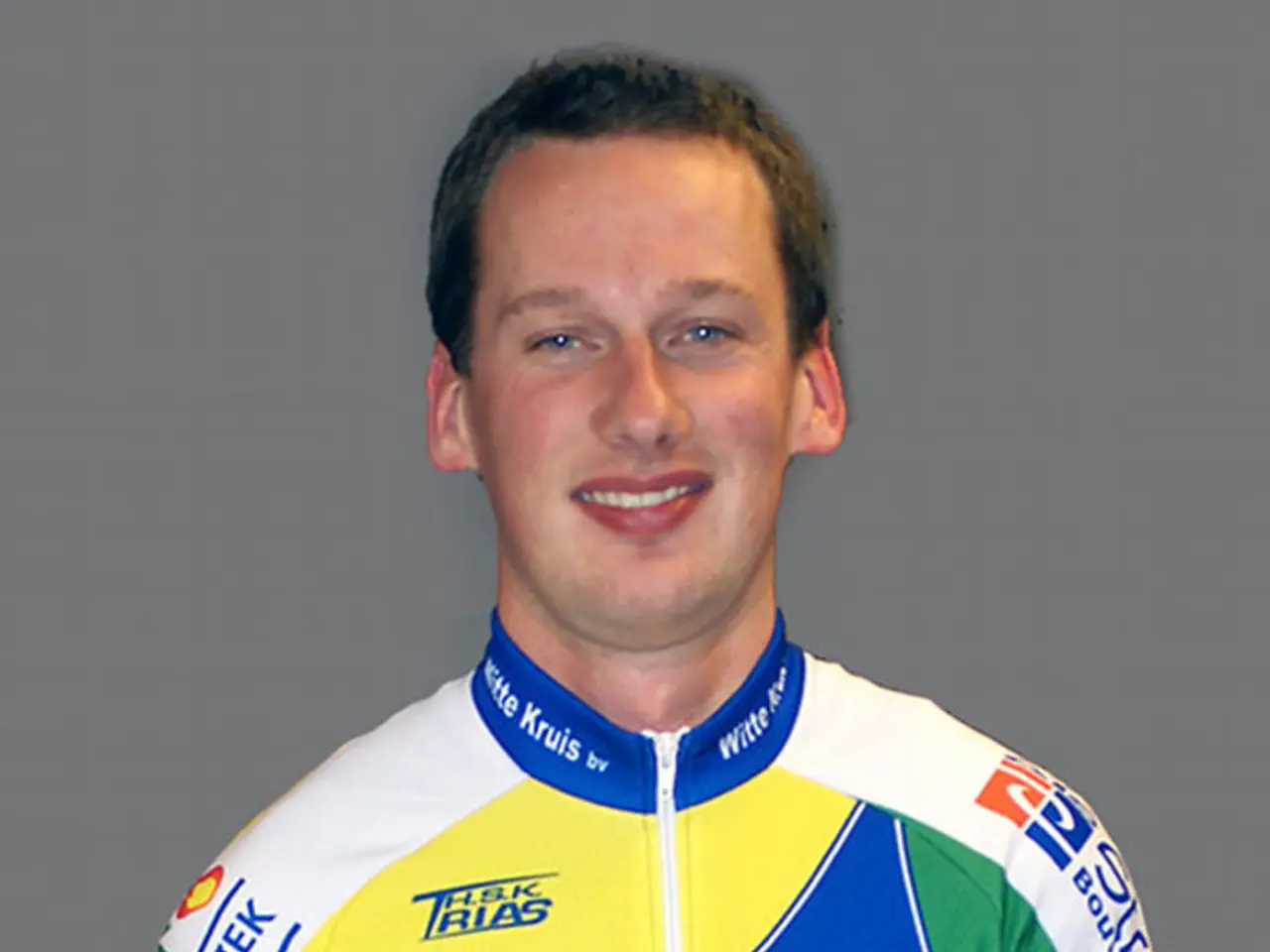Cats' Rise to Stardom in Hollywood: The Journey of Feline Actors to the Top
Cats Steal the Show in Modern Cinema
In a surprising turn of events, cats have been making a significant impact on the silver screen, challenging traditional perceptions and capturing the hearts of audiences worldwide.
Recent years have seen an increasing presence of felines as protagonists, particularly in animated and family-oriented films and TV shows. Titles like Gabby's Dollhouse feature cats as central characters, combining charm and adventure to appeal to kids and family audiences. These characters are frequently brought to life through voice acting, music, and animation, creating relatable and beloved feline protagonists.
One challenge in working with live cats in film or TV productions is their inherently unpredictable behavior, which complicates shooting schedules and scene consistency. Animal trainers must be highly skilled to elicit desired actions and maintain animal welfare, and productions often require patience, specialized equipment, and contingency plans.
Director Michael Sarnoski, however, opted for real cats instead of CGI in the prequel to The Quiet Place. The cats in the movie, named Frodo, showed loyalty, bravery, and helped characters find necessary items, evoking emotional responses from viewers.
In contrast, CGI has made it easier to feature felines in movies, but its overuse was criticized in the movie adaptation of Cats. 'Game of Thrones' show runners David Benioff and D. B. Weiss had issues with a ginger tabby named Ser Pounce due to its diva behavior on set.
Despite their long history in cinema, cats do not have any awards specifically dedicated to them, unlike their canine counterparts who receive accolades such as the Palm Dog Award at Cannes and invitations to the Oscars. However, Hollywood's bias towards dogs in films seems to be diminishing as more cats are cast in prominent roles.
Filmmaker Eva Victor assures us that cats are capable of reflecting subtle human emotions through their body language. Ray Berwick found training cats for the 1969 film Eye of the Cat more challenging than working with birds for Hitchcock's The Birds. Cats are often perceived as being dumb, which is why internet videos featuring them are popular. But they have approximately 276 distinct feline facial expressions, according to experts.
Cats have been appearing in movies for over a century, with Pepper, a Maltese kitty born on the California lot of Keystone Studios in 1912, being one of the earliest examples. Recent trends show that this tradition is set to continue, with cats like Olga in Victor's upcoming movie Sorry, Baby ensuring a purr-fectly captivating future on the big screen.
[1] Amber Louise Bryce, a resident cat enthusiast at Culture, discusses the rise of feline protagonists in cinema on International Cat Day. [2] Gints Zilbalodis's animation Flow and Steven Zaillian's Ripley are examples of films where cats have taken on starring roles. [3] Cats are often indifferent to human accolades and prefer catnip and cardboard boxes. [4] In the movie A Quiet Place: Day One, a cat's presence could have potentially resulted in the death of characters due to its lack of understanding of the premise. [5] The training of cats for movies can be difficult due to their aloof personalities and unpredictable behavior. [6] The cats in The Quiet Place prequel, named Frodo, were trained and performed by professionals.
- Amber Louise Bryce, a passionate cat lover, explores the growing influence of felines in the fashion-and-beauty and movies-and-TV sectors, highlighting their emergence as prominent characters in modern cinema.
- In the realm of entertainment, cats are proving their versatility, taking on starring roles in productions such as Gints Zilbalodis's animation Flow and Steven Zaillian's Ripley, demonstrating their potential as lifestyle icons.
